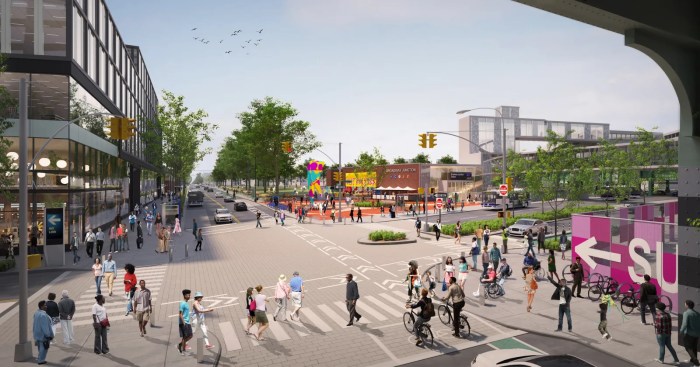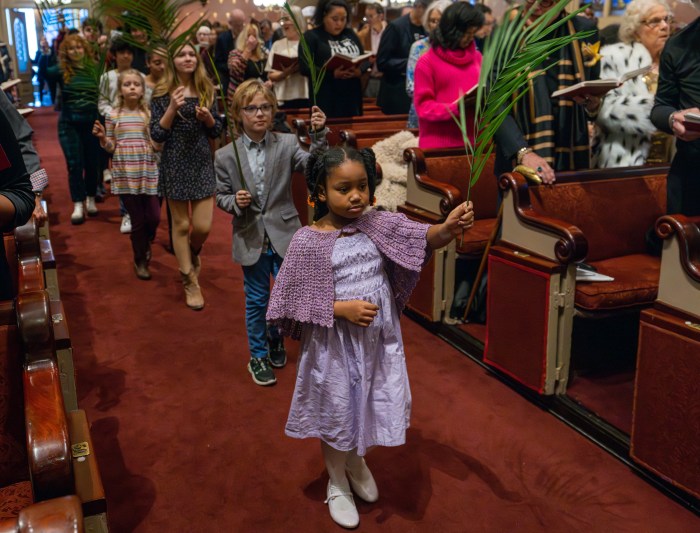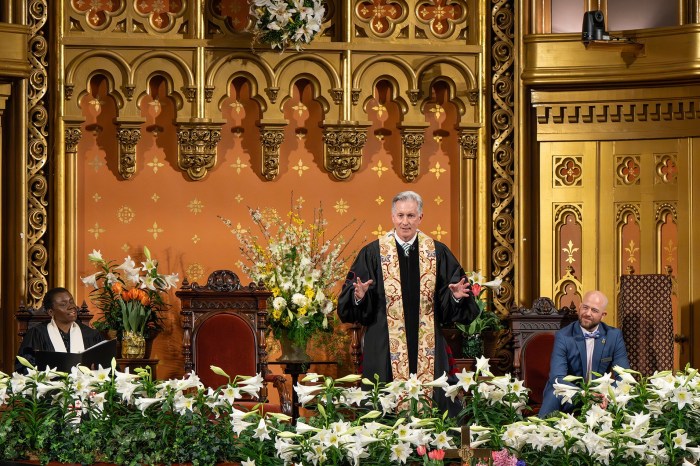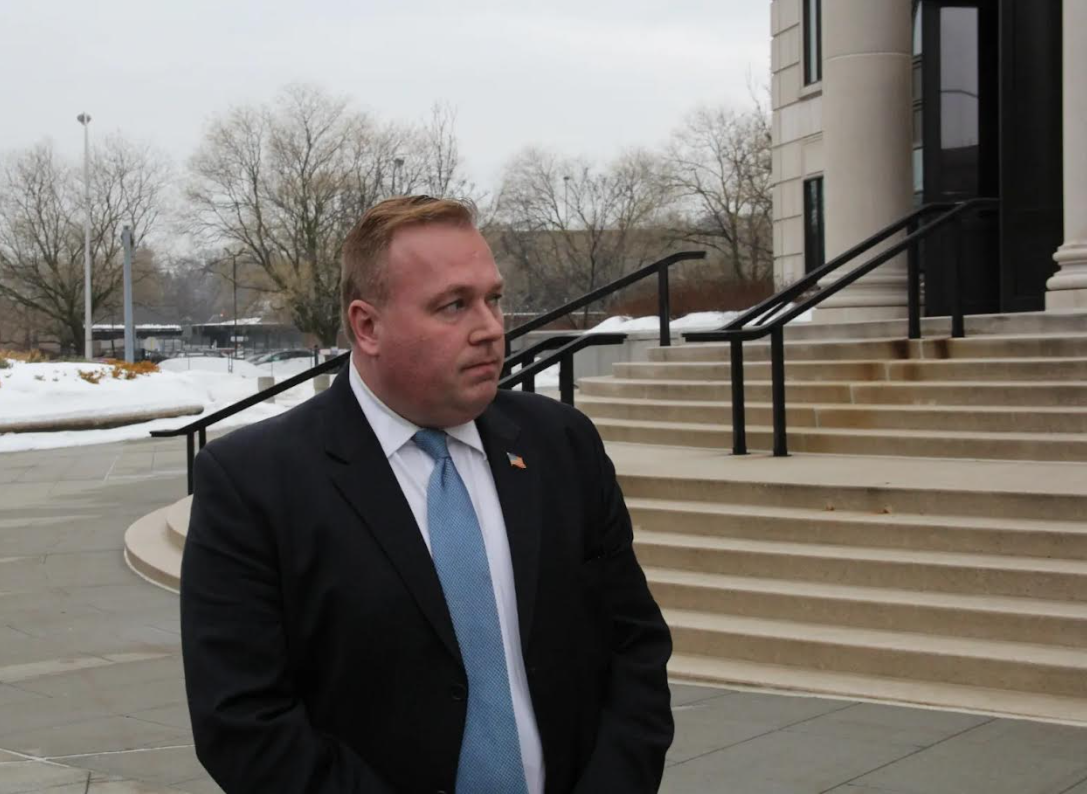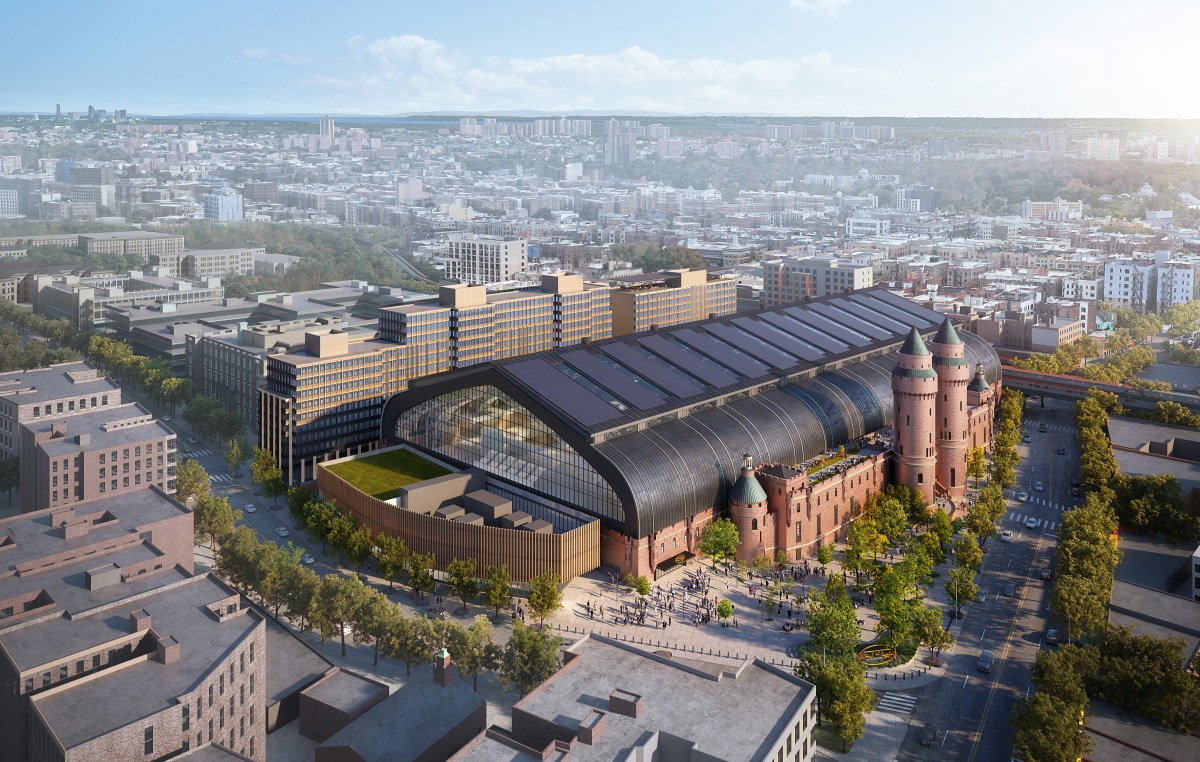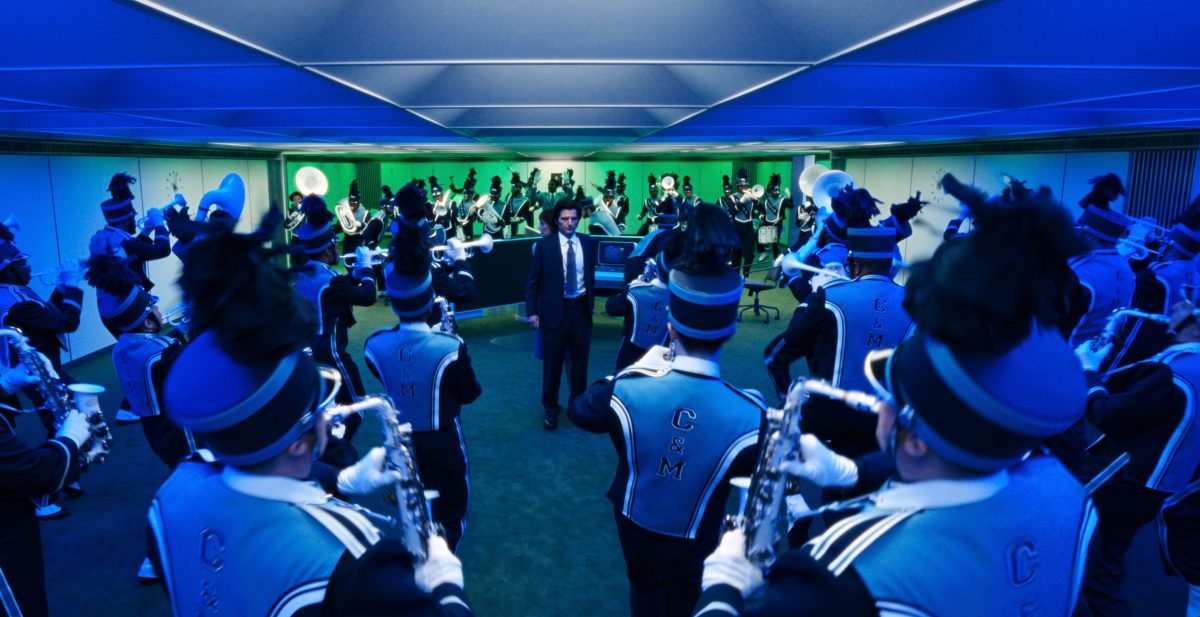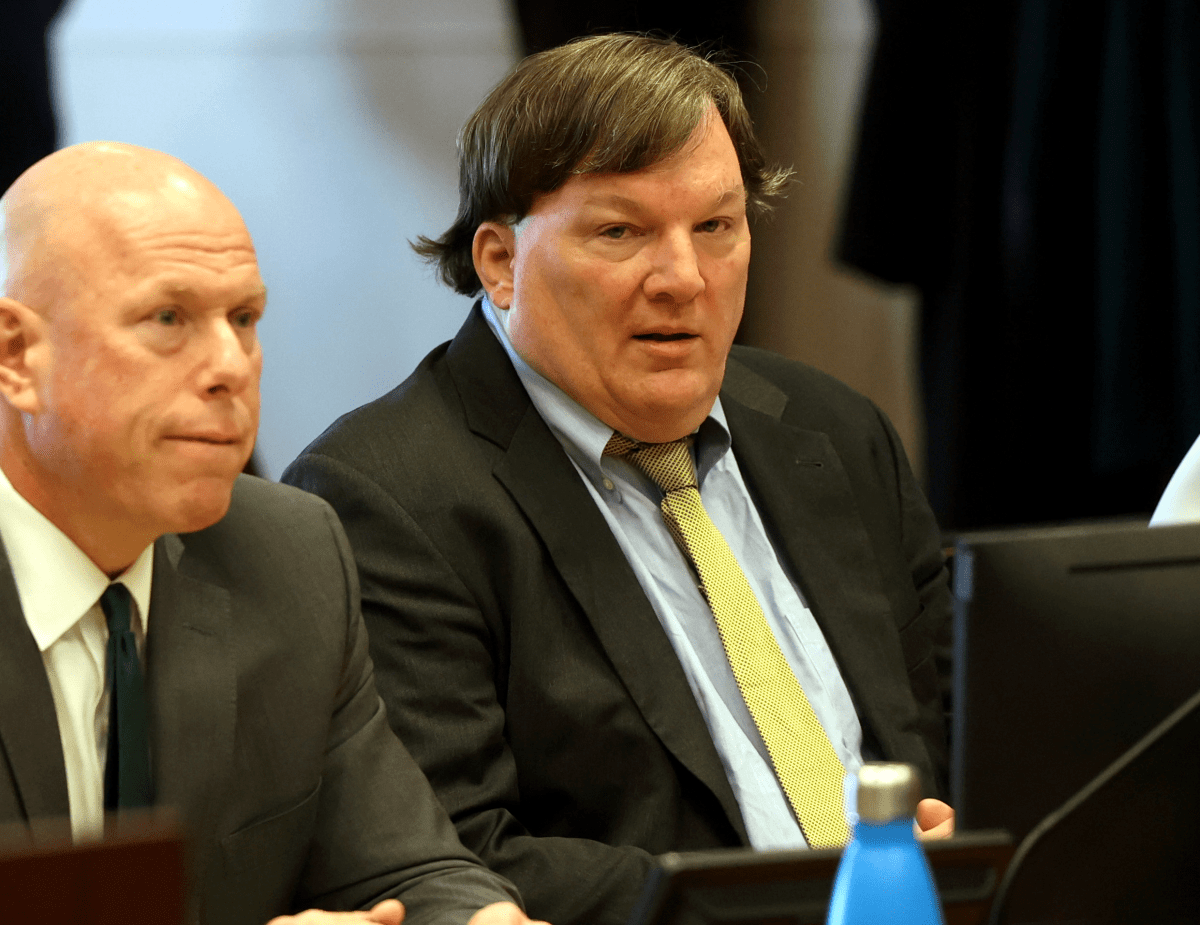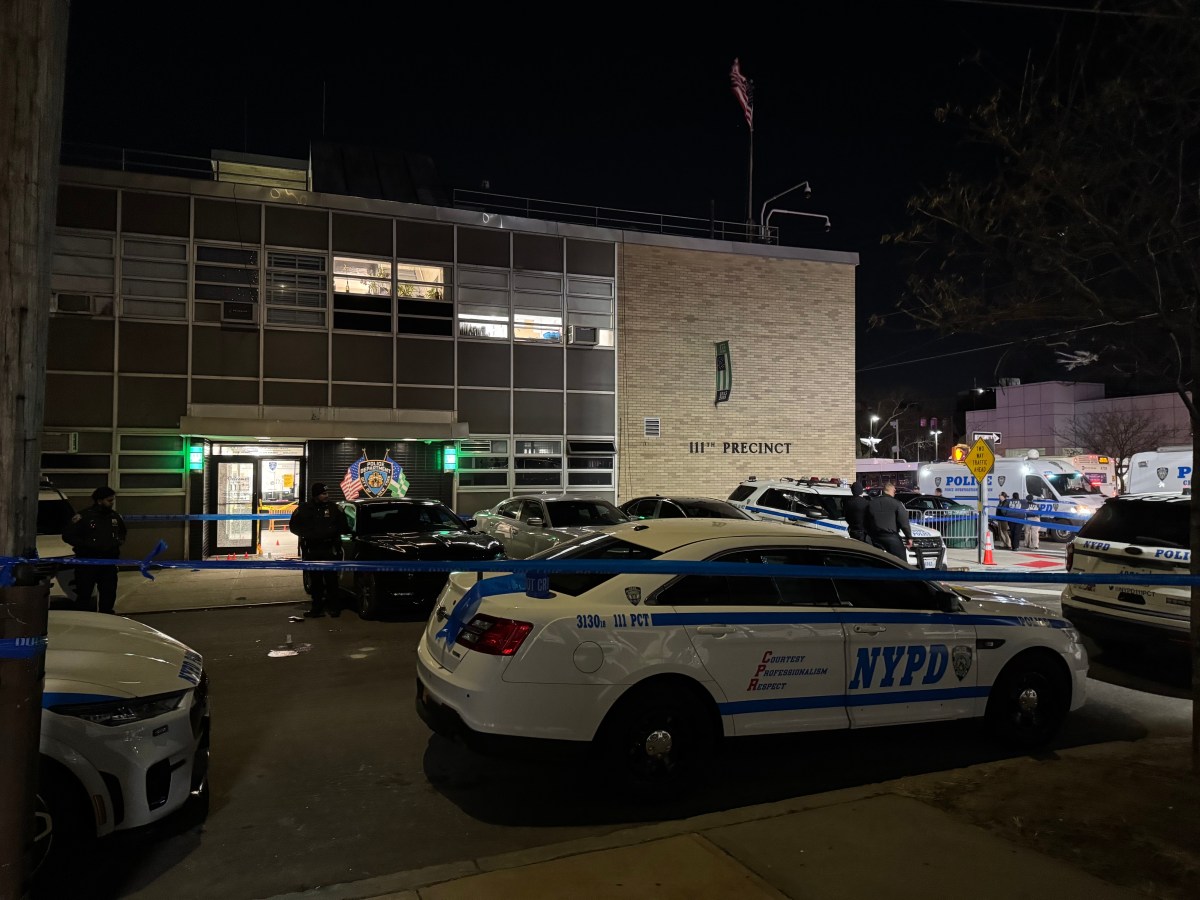There is no New York City without New York Harbor. From the first Dutch fur traders to the stevedores hoisting cargo off steamships during the 19th century, to the sailors setting off on Brooklyn-made battleships to fight in two World Wars – the bustling waterfront is the setting for so much of our history.
Yet, for decades, as containerized shipping grew and massive terminals were developed across the river in New Jersey, Brooklyn’s working waterfront was neglected. The goods that sustain New York City shifted to New Jersey ports, only to be trucked back into the city. This inefficient system adds to our city’s notorious traffic congestion and increases pollution, impacting the quality of life for all New Yorkers. It also leaves the city’s supply chain dangerously fragile, relying on just two chokepoints to deliver essential goods to millions.
We had a front row seat to the tragedy of Sept. 11, 2001, and we’re proud that these piers received the supplies used to build the Oculus standing at the World Trade Center today. And during the COVID crisis, when businesses shuttered and most New Yorkers stayed home, Red Hook Container Terminal stayed open maintaining critical food supply to the city. It stands as the only port facility in the heart of New York City capable of receiving ocean-going vessels and barges.
It is a vital piece of infrastructure that ensures the city remains connected to global trade without depending entirely on a single, fragile supply chain.
Today, after a long decline, we finally have a chance to chart a new course. In May of last year, Gov. Kathy Hochul and Mayor Eric Adams announced a new push to reimagine the Brooklyn Marine Terminal (BMT), a 122-acre site that includes the Red Hook Container Terminal and Passenger Ship Terminal. Since last fall, we’ve both been working as part of a task force and advisory councils to finalize a vision plan for this space.
The city has offered a proposal that would result in 60 acres of modern, sustainable, well-capitalized port to enhance container business operations, activate the “Blue Highway,” and accommodate future growth. For the first time in many years, there is a plan that offers a real long-term path forward to create a first-class facility for essential transportation infrastructure.
On the table is the opportunity to fund a state-of-the-art all-electric port with a revitalized container business bringing food goods east of the Hudson River while serving as a key node on the “Blue Highway” getting trucks off our streets. Today, ships bring refrigerated containers of food from South and Central America to BMT.
In the future, with a modern port facility, that service can grow substantially while providing the city with food security in the event, god forbid, our bridges are incapacitated. Once at BMT, those containers can be loaded onto barges and taken via the waterways to the massive food distribution center in Hunts Point in the Bronx. This barging service alone can take 400 trucks off our street every day.
With 520 miles of waterfront, increasingly large construction projects like the redevelopment of JFK Airport are being staged from the waterside. A modern BMT can serve as a critical terminal for construction materials. Finally, we know all New Yorkers would like to see last-mile delivery truck traffic reduced. Over time, from UPS to FedEx to Amazon, distributors will realize that the Blue Highway is more efficient and affordable than having trucks stuck in traffic. BMT can play a critical role in realizing this vision.
We are urging the task force to act now because time is of the essence. Federal, State and City grants totaling $358 million hang in the balance.
We also want to express our gratitude and appreciation to the elected officials who, for decades, have fought tirelessly to protect Red Hook Container Terminal as a working port. Their steadfast commitment to preserving these good-paying, family-sustaining jobs and the economic benefits the port provides has been critical in ensuring that Red Hook Container Terminal and BMT remain vital to the future of New York City.
Let’s put our waterfront back to work. Let’s build something great. Let’s push forward and finalize the vision for BMT. Working waterfronts-built New York City. Now let’s rebuild our working waterfronts.
Michael Stamatis is president and CEO of Red Hook Container Terminal; Frank Agosta is president of Local 1814 of the International Longshoremen’s Association.






